Using Strings In Pots For Watering Plants
A Gentle Innovation In Plant Care
Watering plants is often seen as a simple task, yet the methods we choose can transform the health and resilience of our greenery. Among the many techniques available, using strings in pots for watering plants stands out as both practical and deeply fascinating. This approach relies on capillary action, where water travels along fibers to reach the soil gradually, ensuring consistent hydration. It is a method that blends science with simplicity, offering gardeners a way to nurture plants without constant intervention.
Strings As Natural Water Channels – Understanding Capillary Action
Strings act as miniature rivers, guiding water from a reservoir to the soil in a controlled manner. Capillary action allows liquid to move upward or sideways against gravity, ensuring that plants receive moisture steadily. This prevents the extremes of overwatering and underwatering, which are common challenges in traditional care. The fibers of cotton, jute, or other absorbent materials are particularly effective because they hold water while releasing it gradually. By using strings, gardeners create a self-regulating system that adapts to the plant’s needs.
Table – Comparison Of String Materials For Watering
| Material | Absorbency | Durability | Eco-Friendliness | Best Use Case |
|---|---|---|---|---|
| Cotton | High | Moderate | Biodegradable | Indoor pots |
| Jute | Medium | High | Biodegradable | Outdoor pots |
| Nylon | Low | Very High | Non-biodegradable | Long-term setups |
| Wool | High | Moderate | Biodegradable | Decorative pots |
Strings As A Sustainable Choice – Reducing Waste And Effort
Using strings for watering reduces the need for plastic irrigation systems or constant manual watering. This method saves time while lowering water waste, as plants absorb only what they need. It also encourages gardeners to reuse natural fibers, aligning with eco-friendly practices. The simplicity of the system makes it accessible to beginners and experts alike. By adopting strings, one embraces a sustainable philosophy that values balance between human effort and natural processes.
Points – Benefits Of String-Based Watering
- Prevents overwatering and underwatering
- Saves time and reduces daily effort
- Encourages reuse of natural fibers
- Reduces reliance on plastic irrigation systems
- Promotes eco-friendly gardening practices
Strings As Silent Helpers – Maintaining Soil Moisture
Strings provide a steady supply of water, keeping soil consistently moist without flooding. This is particularly important for plants that thrive in evenly damp conditions, such as herbs and leafy greens. Unlike direct watering, which can compact soil or wash away nutrients, strings deliver hydration gently. This preserves soil structure and enhances nutrient retention. The result is healthier roots and stronger growth.
Table – Soil Conditions With And Without String Watering
| Condition | Without Strings | With Strings |
|---|---|---|
| Moisture | Uneven | Consistent |
| Nutrients | Washed away | Retained |
| Root Health | Stressed | Balanced |
| Growth | Irregular | Steady |
Strings As Guardians Of Roots – Protecting Against Stress
Roots are sensitive to sudden changes in moisture, and strings help prevent such fluctuations. By delivering water gradually, they reduce the risk of root rot and dehydration. This creates a stable environment where roots can expand confidently. The technique also minimizes fungal growth, which often thrives in overly wet soil. Gardeners find that plants watered with strings develop stronger, more resilient root systems.
Points – Root Benefits Of String Watering
- Reduces risk of root rot
- Prevents dehydration stress
- Encourages steady root expansion
- Minimizes fungal growth
- Creates a stable environment for roots
Strings As Tools Of Tradition – Linking Past And Present
The use of strings for watering is not a modern invention but a continuation of age-old practices. Ancient gardeners often relied on natural fibers to guide water to crops. The technique bridges tradition and innovation, showing how simple methods remain relevant. It is a reminder that sustainable solutions often lie in practices passed down through generations.
Table – Historical And Modern Uses Of Strings
| Era | Application | Materials Used | Purpose |
|---|---|---|---|
| Ancient | Crop irrigation | Plant fibers | Sustained growth |
| Medieval | Herb gardens | Wool, jute | Controlled watering |
| Modern | Pots and containers | Cotton, nylon | Convenience and sustainability |
Strings As Companions In Busy Lives – Supporting Daily Routines
For those with demanding schedules, strings provide peace of mind. They ensure plants remain hydrated even when daily watering is not possible. This makes them ideal for travelers, professionals, or anyone balancing multiple responsibilities. The system adapts to the rhythm of modern life, offering reliability without constant supervision. Strings become silent companions, caring for plants when humans cannot.
Points – Lifestyle Advantages Of String Watering
- Ideal for busy individuals
- Supports plants during travel
- Reduces stress of forgetting to water
- Fits into modern routines
- Provides peace of mind

Strings As Teachers Of Patience – Encouraging Observation
Gardening with strings teaches patience and attentiveness. The slow release of water invites gardeners to observe changes in soil and plant behavior. This fosters a deeper connection with nature, as one learns to appreciate gradual growth. The technique encourages mindfulness, turning watering into a reflective practice. Strings remind us that nurturing plants is not about speed but about steady care.
Table – Emotional And Practical Lessons From String Watering
| Aspect | Lesson Learned | Impact On Gardener |
|---|---|---|
| Patience | Growth takes time | Encourages mindfulness |
| Observation | Watch soil changes | Builds awareness |
| Reflection | Care is gradual | Deepens connection |
Strings As Bridges Between Science And Art – Blending Knowledge And Creativity
The science of capillary action meets the art of gardening in this technique. Strings embody both precision and creativity, allowing gardeners to experiment with materials and arrangements. Each setup becomes a unique design, reflecting personal style while serving practical needs. This blend of science and art makes gardening more engaging. Strings transform watering from a chore into a creative expression.
Points – Creative Dimensions Of String Watering
- Combines science with creativity
- Allows experimentation with materials
- Reflects personal style
- Turns watering into art
- Enhances engagement with gardening
Strings As Allies Of Seasonal Change – Adapting To Climate
Strings adjust naturally to seasonal variations, providing more water in dry conditions and less in humid weather. This adaptability makes them suitable for diverse climates. Gardeners find that plants remain stable despite external fluctuations. The technique reduces the need for constant adjustments, offering resilience against unpredictable weather. Strings become allies in navigating seasonal change.
Table – Seasonal Adaptability Of String Watering
| Season | Challenge | String Response | Benefit |
|---|---|---|---|
| Summer | Dry soil | Increased flow | Prevents dehydration |
| Winter | Excess moisture | Reduced flow | Avoids waterlogging |
| Spring | Variable rain | Balanced flow | Supports growth |
| Autumn | Cooling soil | Moderate flow | Maintains stability |
Strings As Partners In Community Gardening – Sharing Knowledge
Community gardens thrive on shared wisdom, and strings offer a simple technique to teach and spread. They are easy to demonstrate and replicate, making them perfect for collective projects. Gardeners of all ages can understand and apply the method. This fosters collaboration and strengthens bonds within communities. Strings become symbols of shared care and responsibility.
Points – Community Benefits Of String Watering
- Easy to teach and replicate
- Suitable for all ages
- Strengthens community bonds
- Encourages shared responsibility
- Promotes collective sustainability
Strings As Protectors Of Nutrients – Preserving Soil Richness
Strings help maintain nutrient balance by preventing leaching caused by heavy watering. The gradual release of moisture keeps minerals intact within the soil. This ensures plants receive the nourishment they need without depletion. Gardeners notice improved growth and healthier foliage. The technique supports long-term soil fertility, making it a valuable ally in sustainable gardening.
Table – Nutrient Retention With String Watering
| Factor | Without Strings | With Strings |
|---|---|---|
| Nutrient Loss | High | Low |
| Soil Fertility | Declines | Maintained |
| Plant Health | Weak growth | Strong growth |
Strings As Innovators In Indoor Gardening – Supporting Houseplants
Indoor plants often suffer from inconsistent watering, but strings provide a reliable solution. They deliver moisture steadily, preventing dry spells and overwatering accidents. This is particularly useful for decorative pots where soil volume is limited. Strings adapt to small spaces, making them ideal for apartments and offices. They support the flourishing of indoor greenery with minimal effort.
Points – Indoor Gardening Advantages Of String Watering
- Prevents dry spells
- Avoids overwatering accidents
- Adapts to small spaces
- Ideal for apartments and offices
- Supports decorative pots
Strings As Partners In Outdoor Gardening – Thriving In Larger Spaces
Outdoor gardens often face challenges of uneven watering due to exposure to wind, sun, and rain. Strings provide a steady supply of moisture, balancing these external factors. They are particularly useful in raised beds and container gardens, where soil dries quickly. By guiding water directly to roots, strings reduce evaporation losses. This makes them a practical solution for gardeners working in larger spaces.
Table – Outdoor Gardening With And Without Strings
| Factor | Without Strings | With Strings |
|---|---|---|
| Evaporation | High | Low |
| Soil Dryness | Frequent | Balanced |
| Root Access | Uneven | Direct |
| Plant Growth | Irregular | Consistent |
Strings As Encouragers Of Experimentation – Inspiring New Ideas
Gardeners often experiment with different fibers, lengths, and reservoir setups. Strings invite creativity, allowing one to test and refine methods. This experimentation leads to discoveries about plant preferences and watering efficiency. It transforms gardening into a dynamic process of learning and adaptation. Strings inspire innovation while maintaining simplicity.
Points – Experimentation With String Watering
- Allows testing of fiber types
- Encourages creative reservoir setups
- Reveals plant preferences
- Improves watering efficiency
- Inspires innovation in gardening
Strings As Supporters Of Resilient Growth – Building Stronger Plants
Plants watered with strings often show greater resilience to stress. The steady hydration helps them withstand heat waves, dry spells, and unexpected weather changes. This resilience translates into stronger stems, healthier leaves, and more vibrant blooms. Gardeners notice that plants adapt better to environmental challenges. Strings thus become silent supporters of resilience and vitality.
Table – Plant Resilience With String Watering
| Aspect | Without Strings | With Strings |
|---|---|---|
| Heat Tolerance | Low | High |
| Leaf Health | Weak | Strong |
| Bloom Quality | Dull | Vibrant |
| Stem Strength | Fragile | Robust |

Strings As Simplifiers Of Care – Making Gardening Accessible
Gardening can feel overwhelming for beginners, but strings simplify the process. They reduce the need for constant monitoring and technical knowledge. This makes plant care more approachable for those new to gardening. Strings provide a straightforward entry point into sustainable practices. They transform gardening into an accessible and learning enjoyable activity.
Points – Accessibility Through String Watering
- Simplifies plant care for beginners
- Reduces need for technical knowledge
- Makes gardening approachable
- Encourages sustainable practices
- Provides confidence to new gardeners
Strings As Silent Conservers – Saving Water Naturally
Water conservation is a pressing concern, and strings contribute meaningfully. By delivering water directly to roots, they minimize waste from runoff and evaporation. This efficiency supports sustainable gardening in regions facing drought. Gardeners appreciate the balance between plant health and resource conservation. Strings embody the principle of doing more with less.
Table – Water Use Efficiency With Strings
| Factor | Without Strings | With Strings |
|---|---|---|
| Runoff | High | Minimal |
| Evaporation | Significant | Reduced |
| Water Use | Excessive | Efficient |
| Plant Health | Inconsistent | Stable |
Strings As Companions Of Creativity – Designing Unique Systems
Strings allow gardeners to design watering systems that reflect personal creativity. Some weave them through decorative reservoirs, while others integrate them into artistic pot arrangements. This transforms watering into a slightly science design idea rather than a hidden process. Creativity enhances both function and beauty. Strings become part of the aesthetic of gardening.
Points – Creative Uses Of Strings
- Weaving through decorative reservoirs
- Integrating into artistic pot designs
- Combining function with beauty
- Personalizing watering systems
- Enhancing gardening aesthetics
Strings As Stewards Of Balance – Harmonizing Soil And Water
Strings maintain a delicate balance between soil and water. They prevent extremes of dryness and saturation, creating harmony in the growing environment. This balance supports diverse plant species, from succulents to leafy greens. Gardeners find that plants thrive in conditions that mimic natural ecosystems. Strings act as stewards of equilibrium in the soil.
Table – Soil-Water Balance With Strings
| Condition | Without Strings | With Strings |
|---|---|---|
| Dryness | Frequent | Rare |
| Saturation | Common | Controlled |
| Plant Diversity | Limited | Expanded |
| Ecosystem Stability | Weak | Strong |
Strings As Symbols Of Renewal – Reflecting Nature’s Cycles
Strings embody renewal by continuously guiding water to plants. They mirror natural cycles of rivers and rainfall, offering a miniature ecosystem within pots. The technique becomes more than practical—it becomes poetic. Strings remind us of the resilience and renewal inherent in natural systems.
Points – Symbolism Of Strings In Gardening
- Reflect natural cycles of water
- Create miniature ecosystems
- Resonate with harmony in nature
- Offer poetic meaning to gardening
- Symbolize resilience and renewal
Strings As Partners In Equity – Supporting Inclusive Gardening
Strings make gardening more accessible for people with disabilities or limited mobility. This reduces the physical effort and constant effort required for watering, allowing more individuals to participate. This inclusivity strengthens the bond between people and plants. It ensures that gardening remains a shared experience across diverse communities. Strings become tools of equity and accessibility.
Table – Inclusive Benefits Of String Watering
| Factor | Without Strings | With Strings |
|---|---|---|
| Physical Effort | High | Reduced |
| Accessibility | Limited | Expanded |
| Participation | Restricted | Inclusive |
| Community Bond | Weak | Strong |
Strings As Voices Of Simplicity – Returning To Essentials
In a world of complex technology, strings remind us of the power of simplicity. They show that effective solutions do not require elaborate systems. This return to essentials resonates with gardeners seeking authenticity. Strings embody the principle that less can be more. They encourage us to value simplicity in both gardening and life.
Points – Lessons Of Simplicity From Strings
- Show power of simple solutions
- Reduce reliance on complex systems
- Resonate with authenticity
- Embody principle of less is more
- Encourage valuing simplicity
Conclusion – Strings As Lifelines Of Care
Strings in pots for watering plants are more than functional tools. They are lifelines that embody sustainability, creativity, resilience, and inclusivity. By guiding water gently and consistently, they nurture plants while teaching gardeners lessons of patience, balance, and renewal. This technique bridges tradition and innovation, science and art, practicality and symbolism. Strings remind us that care can be simple yet profound, and that gardening is a shared journey of growth.
Join The Discussion – Share Your Experience
Have you tried using strings in your pots for watering plants. What materials and designs have worked best for you.
#StringWatering #SustainableGardening #PlantCare #EcoFriendly #CreativeGardening #SoilBalance #InclusiveGardening #ResilientPlants #MindfulGardening #NatureRenewal

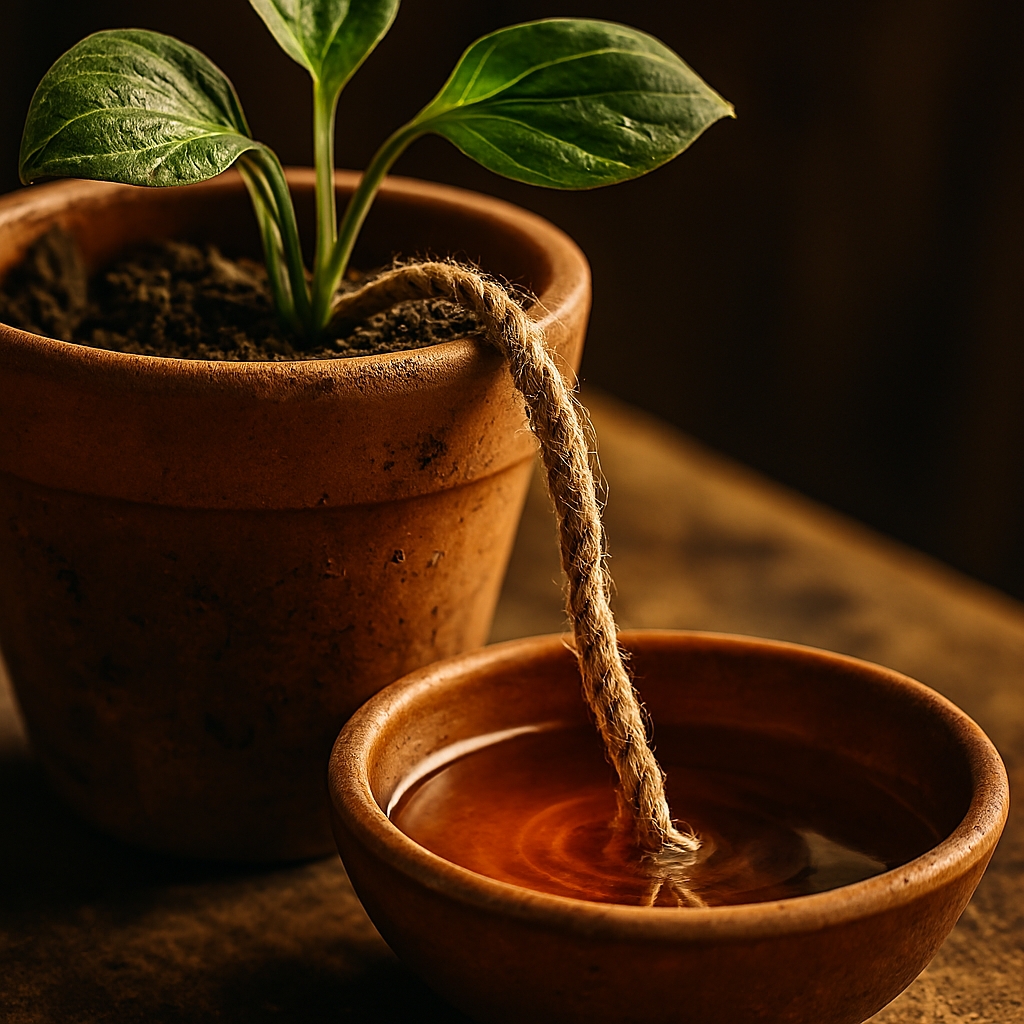
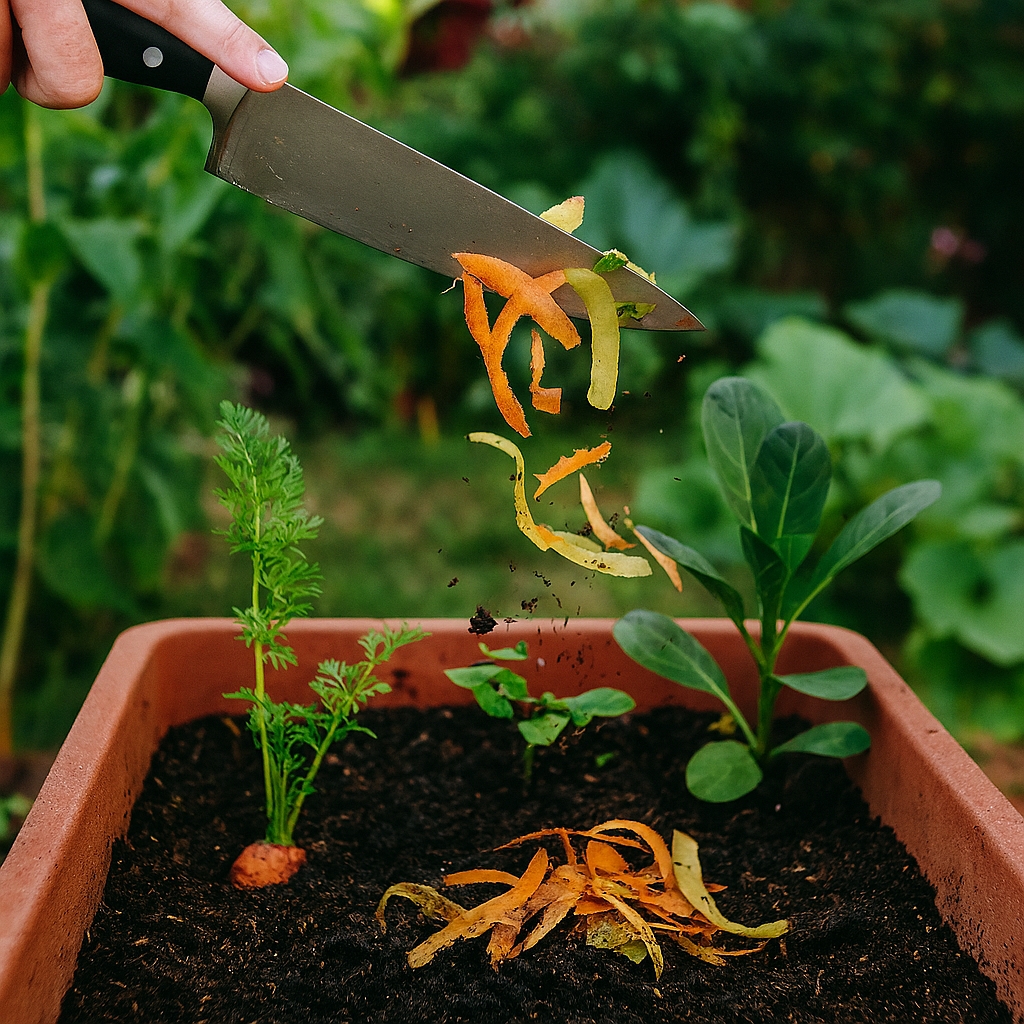
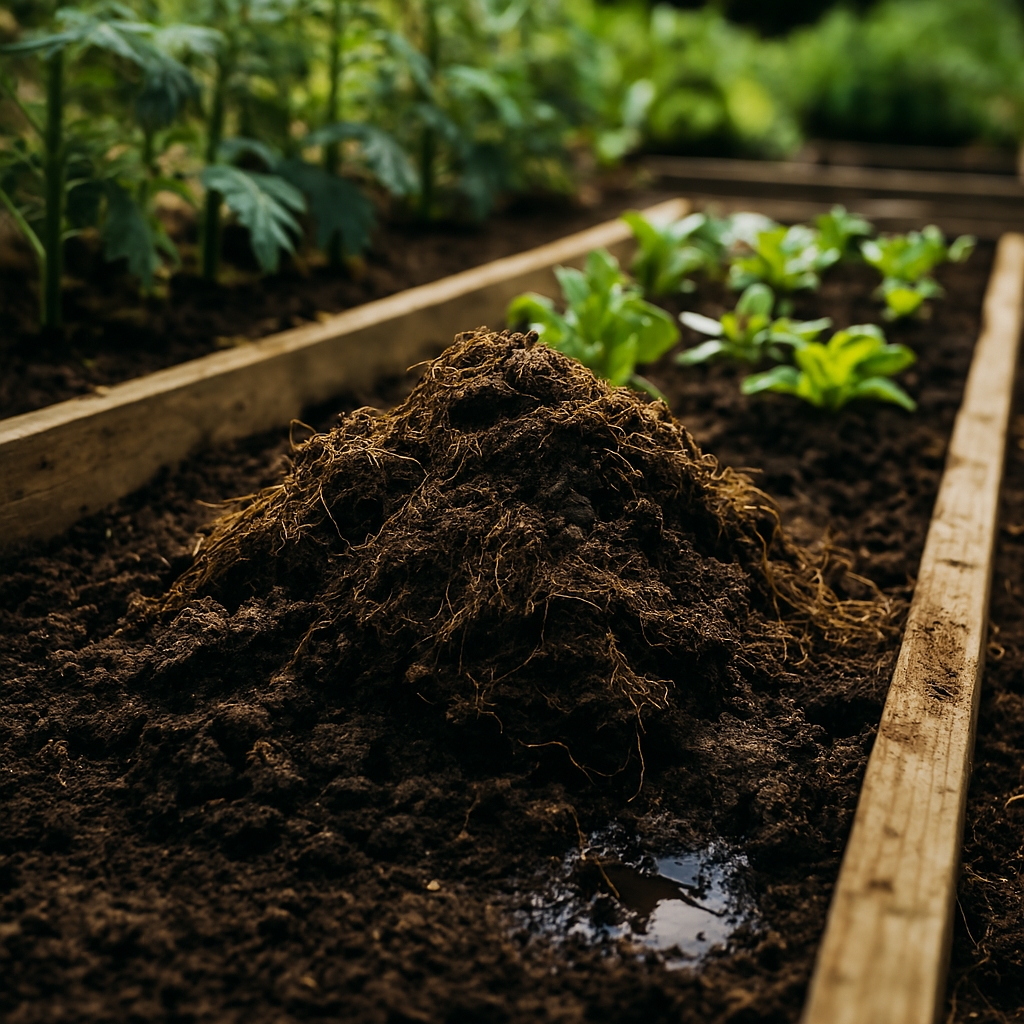


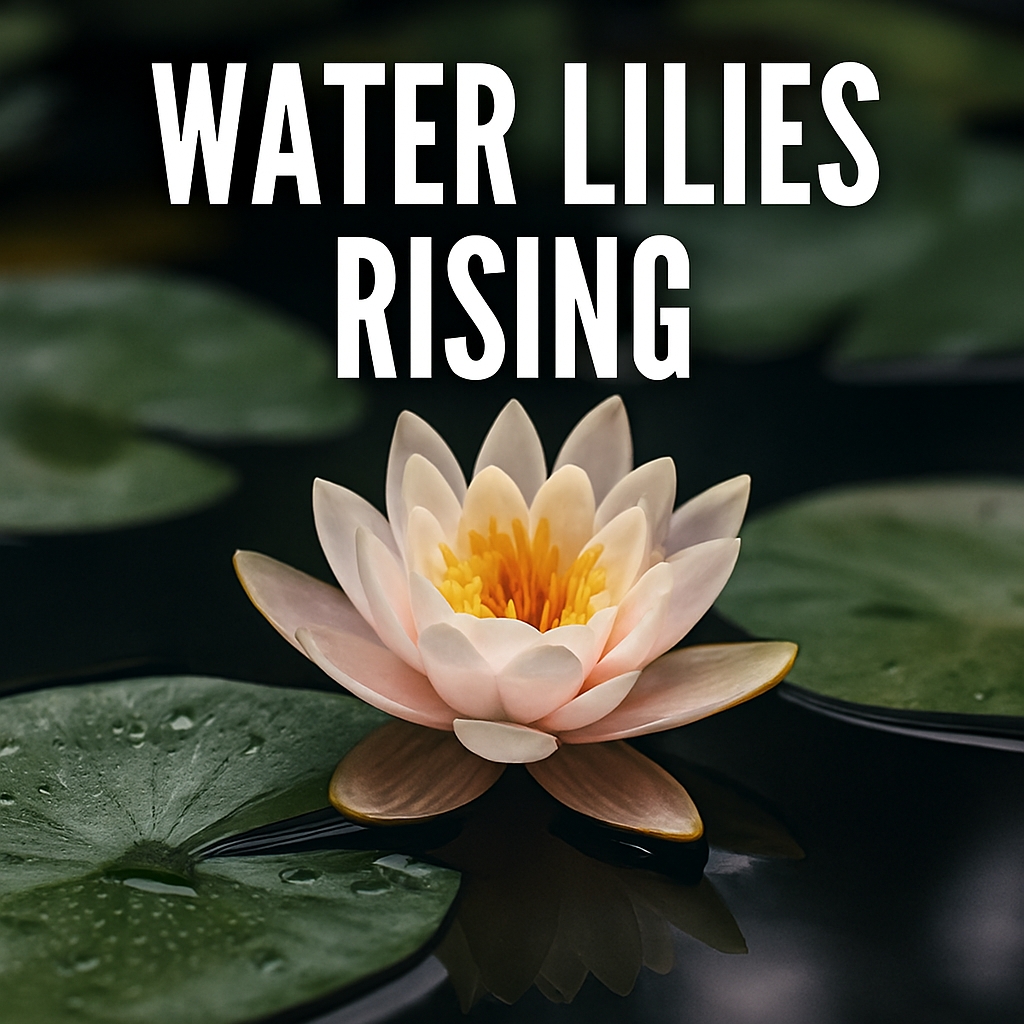



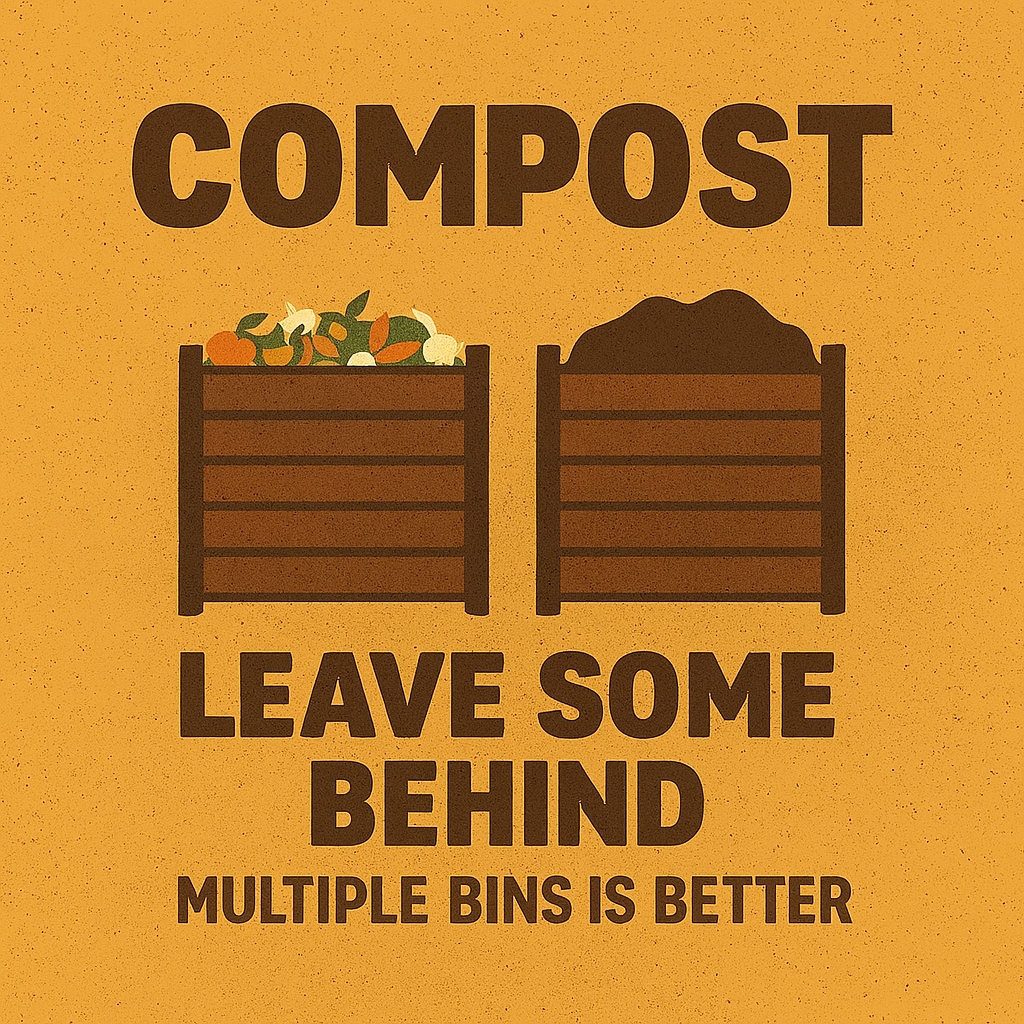
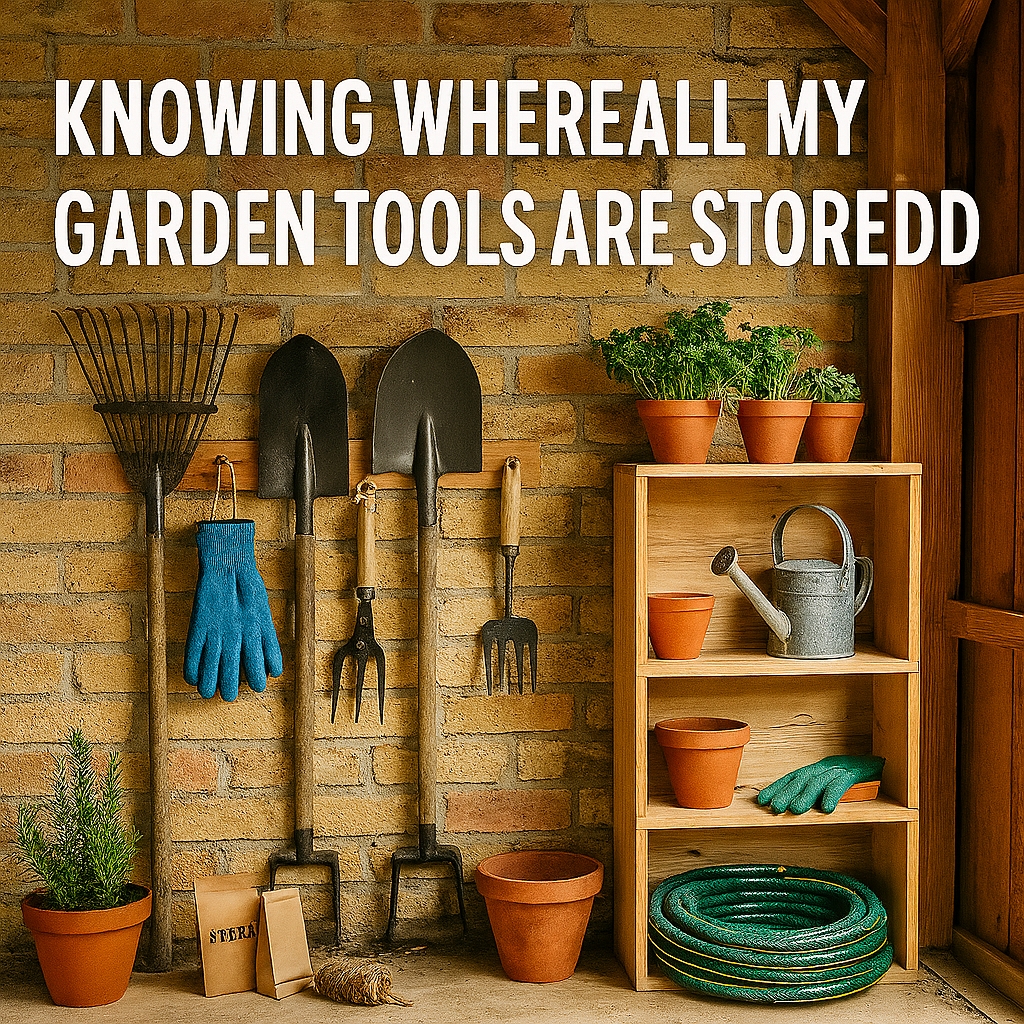
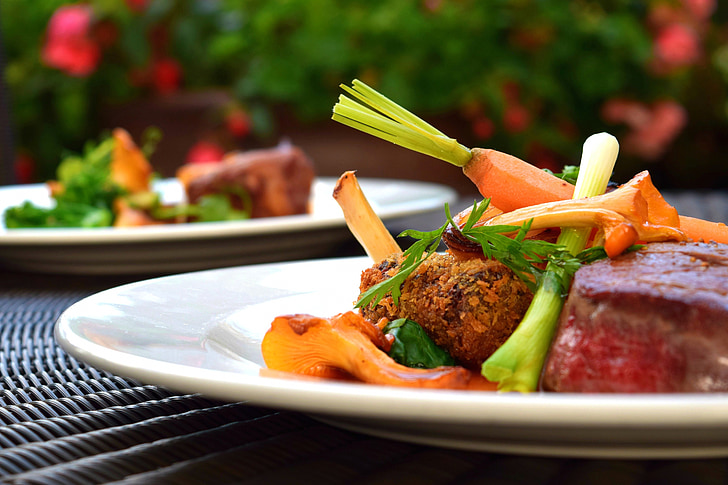


Leave a Reply